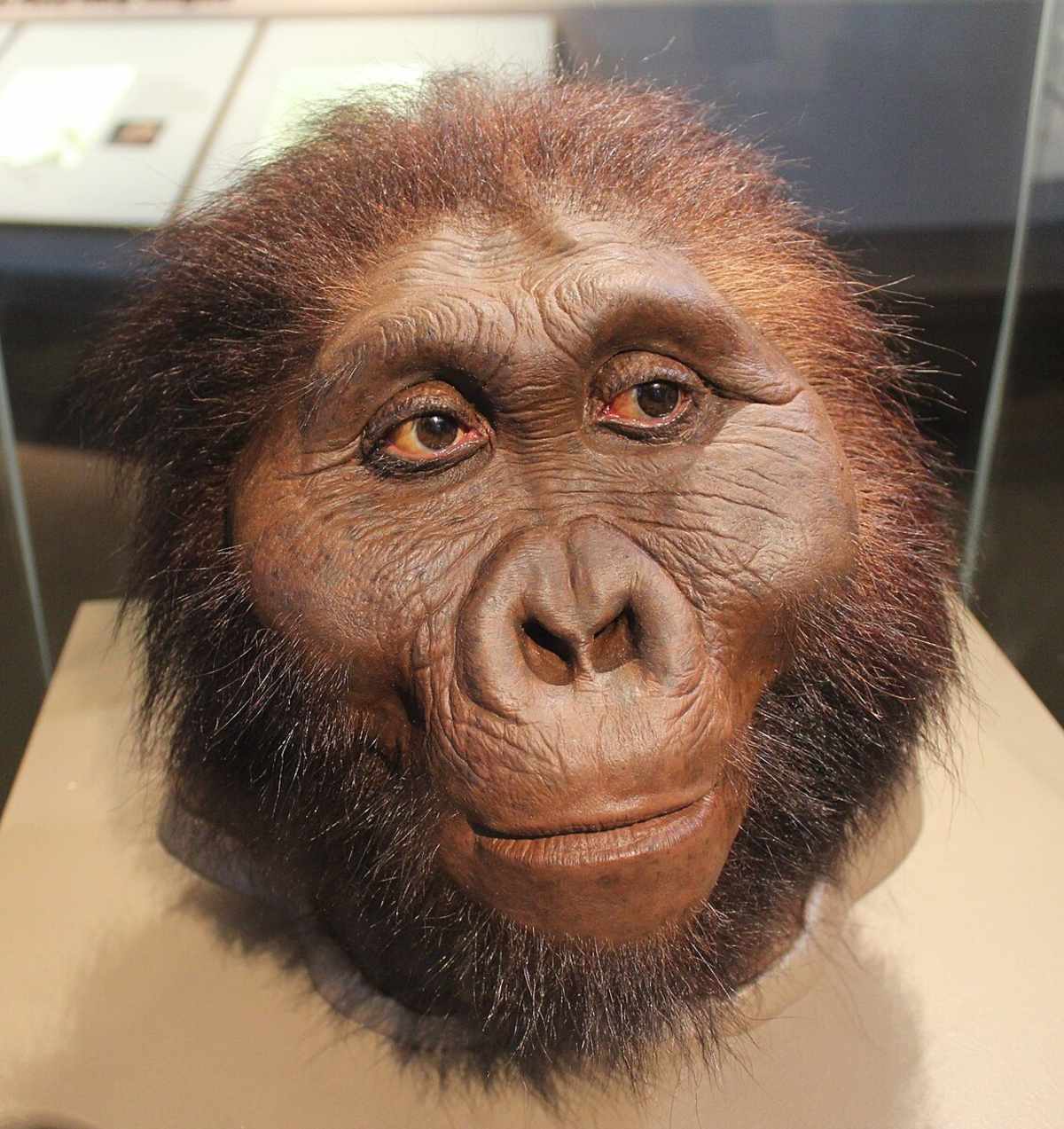Scientists Determine Sex of Prehistoric Human-Like Ape That Lived in Africa Around 2 Million Years Ago

A new study has revealed some meaningful insights about prehistoric humans belonging to Paranthropus robustus. The analysis of teeth fossils not only sheds light on the genetic diversity of the Paranthropus genus but also, for the first time, found out the sex of specimens belonging to Paranthropus robustus, according to IFL Science. Findings regarding this examination have been published in the Science journal.

The specimens used in the study were collected from the Swartkrans cave in South Africa. As per morphology, the specimens were attributed to Paranthropus robustus by experts. The finding was valuable as no intact DNA had ever been detected of this species before these specimens. The group lived around two million years ago in Africa, during the Early Pleistocene period. Lack of genetic data has made it extremely difficult for experts to understand their features as well as their lifestyle.
In this study, scientists extracted protein fragments from the dental enamel present in four fossil teeth, stated the University of York. The whole procedure was done using a method called paleoproteomics. The protein sequences were then partially reconstructed through state-of-the-art mass spectrometry techniques. As per experts, the results are some of the oldest human genetic data from Africa. “To extract ancient amino acids from hominin enamel this old and from this region of southern Africa is astonishing. It opens entirely new avenues for understanding our evolutionary history on the continent,” Dr Marc Dickinson, co-author of the publication, and Postdoctoral Researcher from the Department of Chemistry at the University of York, shared.
The protein data allowed the researchers, for the first time, to determine the sex of individuals from Paranthropus robustus. The protein patterns indicated that two specimens belonged to the male gender while the other two were of females. This is a huge advancement, as it gives experts more insights into sexual dimorphism in this species. Sexual dimorphism essentially refers to differences in size between the two genders. Evidence like the one in the study could help experts in tracing this dimorphism in the hominin record.
Researchers were surprised when proteomic data revealed that one specimen, which they considered to be female, was actually male, according to Live Science. This made experts realize that sex was not the only reason behind the differences in the appearance of specimens from this species.
Further analysis showcased that a couple of amino acid sequence positions were different in the specimens that were examined in the study. Researchers concluded that apart from SK-835, whose molecular and morphological sex was different, the other three specimens were much more closely related. This led to speculations that SK-835 could belong to some other species in the Paranthropus genus. The researchers are not rejecting the possibility but believe more examinations are needed to effectively confirm this assertion.
Researchers also found that the protein sequences were similar to those of modern humans, according to the University of York. Experts observed differences only in two places. This implies that the species had a close relationship to the Homo lineage. These creatures have been speculated in the past to have lived alongside early species of Homo and also supposedly interacting with them. The creatures were bipedal like modern humans, but showcased adaptations in their upper limbs which helped them to climb. Researchers are hopeful that more evidence will come forward that will help them detect the subtle protein differences to compare Paranthropus' family tree with the family tree of modern humans.